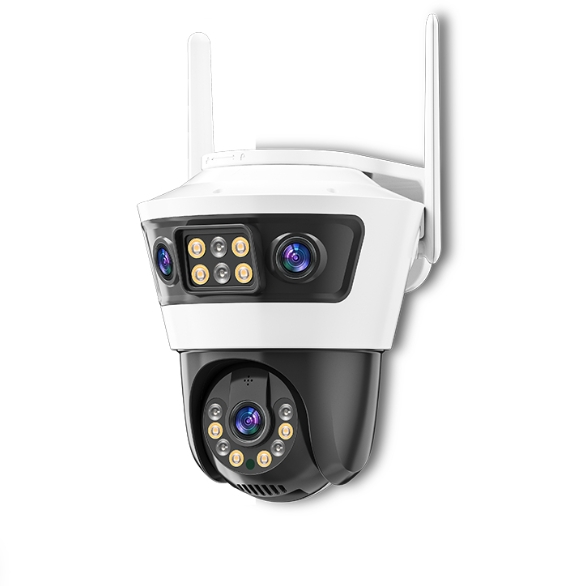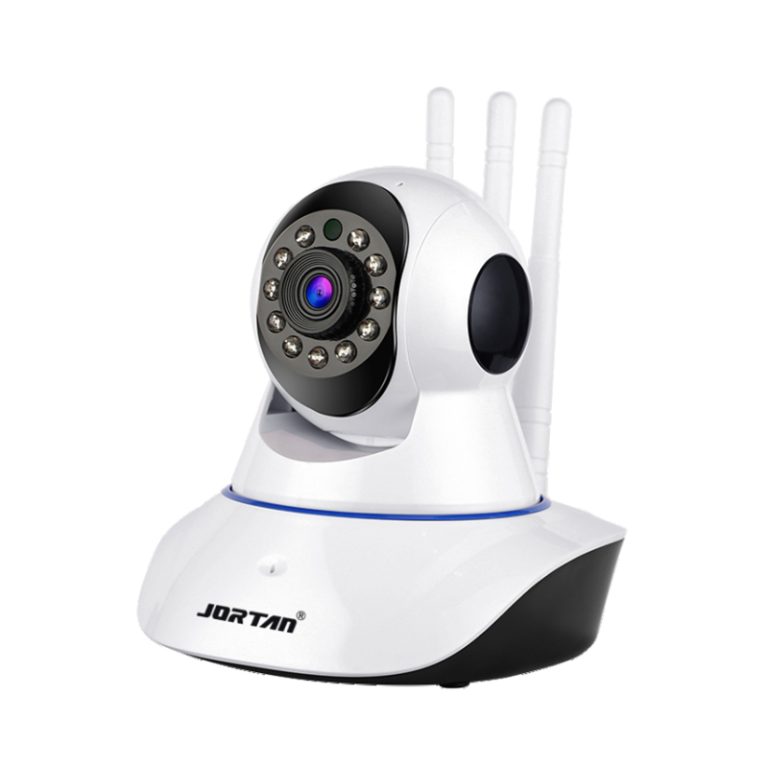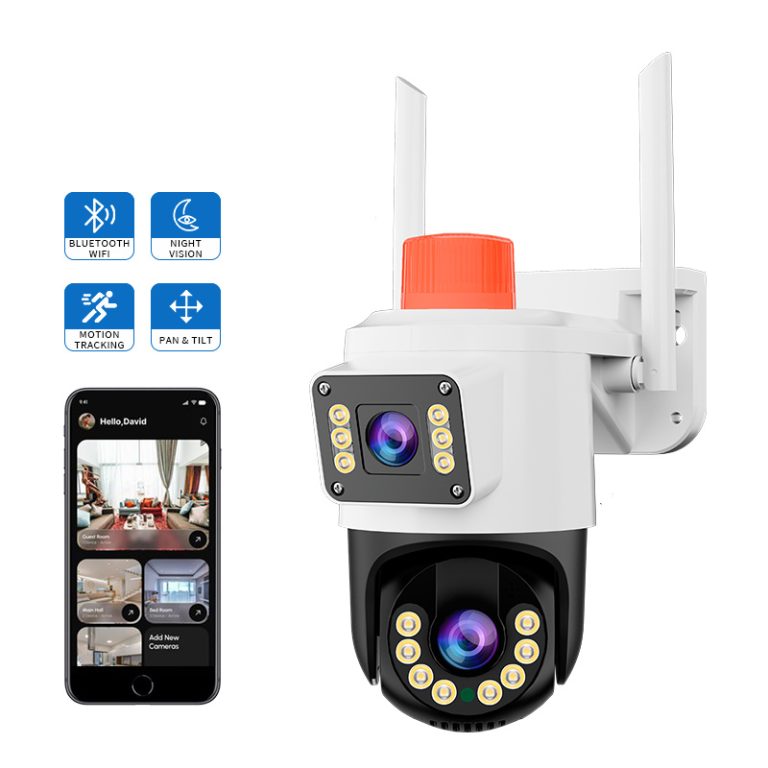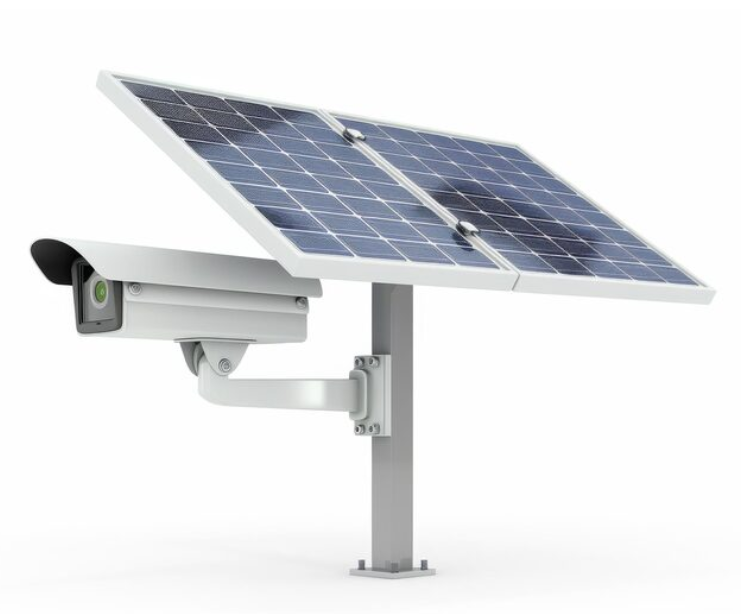Outdoor PTZ WiFi cameras are no longer seen as niche tools. They have become a central part of modern, flexible security systems. Yet, flashy ads or product sheets often do not show the whole story when you want to know a camera’s real value over years of use. It is not only about megapixels or how far the lens can rotate. You also need to think about build strength, the quality of the mobile app, the ability to customize through OEM, the production setup of the factory, and what kind of after-sales help you get once the cameras are installed.
One example of a company taking this wide-angle view is Jortan. Founded in 2013 in Zhejiang Province, Jortan is a well-known electrical appliance producer that combines design, development, production, sales, and after-sales service. The company has built strong experience in the security field and puts a lot of energy into new technology and user-focused design. With more than 20,000 square meters of space and over 450 workers, Jortan is now a trusted OEM factory for global clients who want large orders delivered on time with reliable quality. You can see more of their full services and factory capabilities here.

What Technical Specifications Truly Matter in a Camera PTZ WiFi?
When you choose an outdoor PTZ WiFi camera for professional or business needs, the headline specs are not enough. You have to look at how sharp the images are in real settings, how smooth the pan and tilt motors move, and if the wireless standards fit into your current systems.
Image Resolution and Lens Configuration
Image clarity begins with the sensor and lens design. A good lens shapes the light, blocks noise, balances colors, improves clarity in fog, and adjusts brightness. This creates sharper and more true-to-life video. Cameras with dual lenses, like one wide-angle lens and one telephoto lens, give you both a full view and fine detail. That way you do not lose quality when you zoom in.
Pan-Tilt Mechanism and Coverage Angle
Flexibility of movement is key. PTZ cameras can move up, down, left, and right. Many models rotate about 355° horizontally and 90° vertically. This broad range means fewer blind spots, even if you place the camera at odd angles or high above the ground.
Connectivity Protocols and Compatibility
The type of network you have decides which wireless standards you can use. Most cameras support IEEE 802.11b/g/n and work on 2.4 GHz bands. Security is protected with WPA/WPA2, and transmission speeds can reach up to 150 Mbps. Look for cameras that support ONVIF or common apps such as ICSEE or YOOSEE. This makes setup smoother and gives you more control.
How Do Jortan’s Jortan3 and Jortan6 Models Address Professional Needs?
Professional security requires more than basic features. It calls for smart designs that can handle many different places and conditions. The Jortan3 and Jortan6 models show this by mixing advanced lenses with strong bodies built for outdoors.

Dual-Lens Design and Night Vision Capabilities
Both Jortan3 and Jortan6 use dual-lens systems to cover more space. The Jortan3 has a 3.6mm plus 6mm lens setup. The Jortan6 uses three 3.6mm HD lenses working together. This gives wide coverage and detailed close-up views.

For night use, the cameras switch modes automatically. They have 4 white lights and 4 infrared lights. At night they change to full-color mode when motion is detected. In low light, they can switch to black and white infrared for longer range.
Weatherproof Construction and Outdoor Readiness
Outdoor cameras must deal with heat, rain, wind, and dust. These models have IP66 waterproof rating, so they can stand up to harsh conditions. The bodies are made with strong ABS plastic that resists rust. Even the antenna connectors are designed to stay stable.
Integration with ICSEE App for Remote Management
Remote control is a must in today’s systems. With the ICSEE app, you can watch live, adjust alerts, talk using two-way audio, and store video in the cloud. You can also share access with others, which is useful for families or work teams.
Why Is OEM/ODM Capability a Critical Factor in Procurement Decisions?
For buyers who order in bulk, OEM and ODM features matter a lot. It is not only about placing your logo on a camera. It is about shaping the product so it fits your own market and your customer needs.
Custom Branding and Logo Options
Jortan offers OEM service where logos can be printed directly on devices. This means your brand name is visible to every end user, building trust with your clients.
Tailored Packaging and Product Appearance
How a product looks in the box is just as important in retail as the device itself. Jortan designs custom packaging to match your brand. This makes the products look more appealing on the shelf and protects them in shipping.
Full-Process Manufacturing from Mold to Assembly
Some vendors outsource parts of their work. Jortan controls the whole process, from making the mold to final assembly. This keeps quality stable at each stage and avoids weak points.
What Role Does Production Infrastructure Play in Product Reliability?
The reliability of a product starts before it is even built. The design stage, the tools used in production, and how mass production is managed all impact how the camera works later in the field.
Integrated Manufacturing Workflow at Jortan
In 2025, Jortan expanded its SMT workshops. They added more medium-speed and high-speed placement machines and more injection molding machines. This raised output but also kept tolerance levels tighter, which improves the product life span.
Advanced Chip Processing and Quality Control
These cameras use H265 encoding chips, which reduce the load on the internet without losing clarity. The chips also cut background noise while saving bandwidth. Every unit is tested, including high-temperature tests up to 65°C. This step makes sure the cameras keep working even in extreme heat.
Scalable Capacity for Bulk Orders
With more than 20,000 square meters of factory space and 450 workers, Jortan can finish large orders in 7 to 15 working days. This fast turnaround is critical for system integrators or distributors who handle many sites at once.
How Should After-Sales Support Influence Purchasing Choices?
Support after buying often separates dependable suppliers from those who only care about sales. Firmware updates, replacement of parts, and user help across many locations all depend on good support.
Warranty Terms and Technical Assistance
These products come with a one-year warranty starting from the delivery date. It does not cover damage caused by misuse, but it covers faults from normal use. This gives buyers comfort during the early stage when problems may show.
Positive Feedback on Service Responsiveness
Many clients have noted the service team’s fast replies. For example, users like Mouli praised the “good service attitude.” For buyers running hundreds of cameras, quick help during urgent cases is vital.
Consistency in Quality Across Batches
Repeat buyers like Carlos pointed out that quality is “stable” across multiple purchases. This shows strong quality control, not random luck with certain batches.
FAQ
Q1: How do dual-lens cameras improve surveillance?
A: They give both wide-angle coverage and detailed zoom without depending only on digital zoom. This keeps image quality clear.
Q2: What kind of storage options should I expect?
A: You can use TF cards up to 128GB and also cloud storage plans. These can be set for event-based or continuous recording.
Q3: How fast can bulk OEM orders be delivered?
A: Large orders are often shipped within 7–15 working days, depending on the size.









